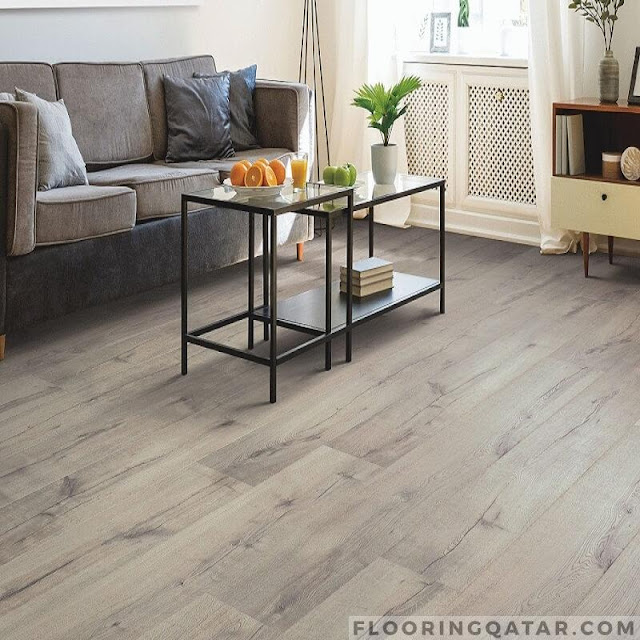Types of Wood Flooring:
Wood flooring is a classic and timeless choice for homeowners who want to add warmth, character, and value to their homes. With a variety of types, finishes, and styles to choose from, wood flooring can be customized to suit any design aesthetic. In this comprehensive guide, we'll take a closer look at the different types of wood flooring, their benefits, and the best ways to maintain them.
Types of Wood Flooring:
There are several types of wood flooring, including:
Solid Hardwood, which is made from 100% hardwood and is available in a variety of species, including oak, maple, cherry, and walnut.
Engineered Hardwood, which is made from several layers of wood, with a hardwood top layer and a plywood base. This type of flooring is more stable than solid hardwood and is suitable for rooms with high moisture levels.
Laminate Wood Flooring, which is made from high-density fiberboard and features a photographic image of wood grain. Laminate flooring is durable, easy to clean, and less expensive than solid or engineered hardwood.
Benefits:
Wood flooring offers several benefits, including:
Durability: Wood flooring is a long-lasting option that can withstand heavy foot traffic and is resistant to scratches and dents.
Easy to Clean: Unlike carpet, wood flooring is easy to clean and maintain. Simply sweep or vacuum to remove dirt and debris, and mop up spills with a damp cloth.
Adds Value: Wood flooring can add value to your home by increasing its resale value and aesthetic appeal.
Eco-Friendly: Wood flooring is a renewable resource and can be made from sustainably harvested materials.
Maintenance:
Wood flooring requires regular maintenance to keep it looking its best. This includes sweeping or vacuuming regularly to remove dirt and debris, and using a damp mop or cloth to clean spills and stains. Over time, the finish may need to be reapplied to keep the floor looking like new.
Cost:
The cost of wood flooring will vary depending on the type and quality of the wood, as well as the cost of installation. Solid hardwood is typically the most expensive option, while laminate wood flooring is less expensive. Engineered hardwood falls somewhere in between.
In conclusion, wood flooring is a timeless and classic choice for homeowners who want to add warmth, character, and value to their homes. With a variety of types and finishes to choose from, wood flooring can be customized to suit any design aesthetic. When choosing wood flooring, it's important to consider the type, benefits, maintenance requirements, and cost to ensure you make an informed decision. With this comprehensive guide, you'll be well on your way to finding the perfect wood flooring for your home.
.jpg)


Comments
Post a Comment